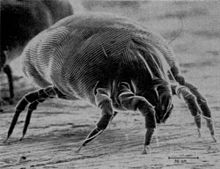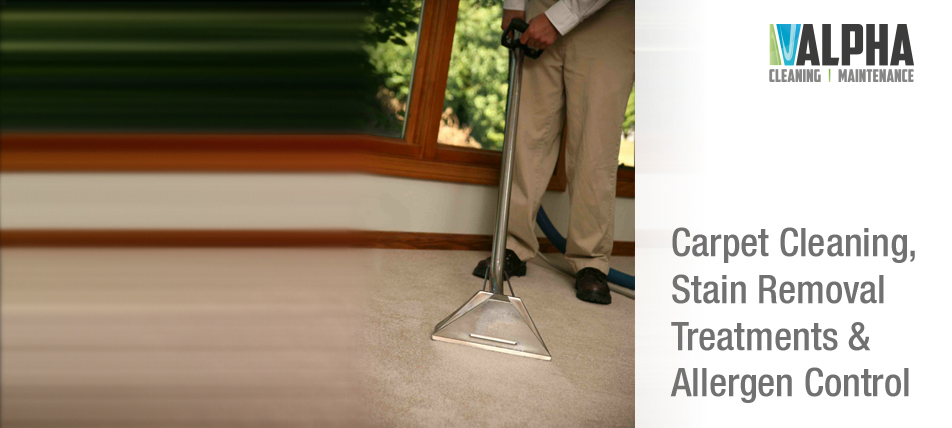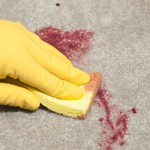Many people have different requirements when it comes to carpet cleaning. Some just want to breathe new life into their tired carpets, whereas others look to carpet cleaning services to reduce the amount of allergens in your home and the chances of you or your family being affected by them.
A simple but highly effective tip to maintaining your carpet is to use doormats at entrances to your home. It is also a good idea to  have a mat as it greatly reduces the amount of soil transferred onto your carpet.
have a mat as it greatly reduces the amount of soil transferred onto your carpet.
The most important piece of advice in carpet care is however, vacuuming. Vacuuming should be carried out regularly and thoroughly, particularly on areas where the carpet receives heavy traffic. Wear of carpeting is increased by the amount of soil that is trampled into it.
Frequent vacuuming prevents the soil build up and thus giving you clean results each time. The longer you leave the vacuuming, the less clean you will be able to get your carpet. Slow and firm strokes with the vacuum will achieve more than hurrying, and should aim to complete four passes of the backward and forward motion over the same area for a thorough clean.
Stain Prevention
If a stain has “set”, it has become chemically bonded to the material that it has stained, and cannot be removed without damaging the material itself. It is therefore important to avoid setting stains that one wants to remove. This can be done by avoiding heat (by not pressing or ironing the stain), sponging stained materials as quickly as possible, using the correct solvent (some solvents will act as catalysts on certain substances and cause the stain to set more quickly), and avoiding rubbing “the stain.”
Our technicians verify the sort of the stain and based on that, use the right stain-removal liquid. All the stain-removal products we use are the Prochem brand, which is one of the top known carpet-cleaning supplier’s.
Dust mites are linked with dust allergies and have caused significant health problems. Humans are not allergic to mites but to the protein in their fecal pellets and the body parts of dead mites, which are small enough to become airborne. Approximately 70 percent of people who have house dust allergies are sensitive to “mite components” in “airborne dust.”
Dust mites feed on microscopic fragments of human skin cells, and fungi and bacteria. Because each of us sheds approximately 50 million skin cells a day, dust mites have an abundant food supply.
Many people are affected by dust mites, and everyone has some kind of reaction to dust. This is a significant concern to building occupants and should prompt you to develop a routine preventive maintenance program.
The main symptoms are primarily respiratory based and can include hay fever, watering eyes, runny nose, sneezing, asthma, nasal congestion, coughing, swollen blue coloured skin under the eyes.
This will depend on the concentration of people in the facility and the use and condition of the building. Daily and weekly dusting, vacuuming and cleaning of upholstered furnishings or carpeted flooring — combined with periodic carpet pre-conditioning, shampooing and/or extraction — should be performed.
Did you know?
A typical mattress can contain tens of thousands of dust mites
Nearly 100,000 mites can live in one square yard of carpet. A single dust mite produces about 20 waste droppings each day, each containing a protein to which many people are allergic.
The proteins in that combination of faeces and shed skin are what cause allergic reactions in humans. Depending on the person and exposure, reactions can range from itchy eyes to asthma attacks.

Beds are a prime habitat (where 1/3 of life occurs). A typical used mattress may have anywhere from 100,000 to 10 million mites inside. (Ten percent of the weight of a two year old pillow can be composed of dead mites and their droppings.)
Mites prefer warm, moist surroundings such as the inside of a mattress when someone is on it. A favourite food is dander (both human and animal skin flakes). Humans shed about 1/5 ounce of dander (dead skin) each week. About 80 percent of the material seen floating in a sunbeam is actually skin flakes.


